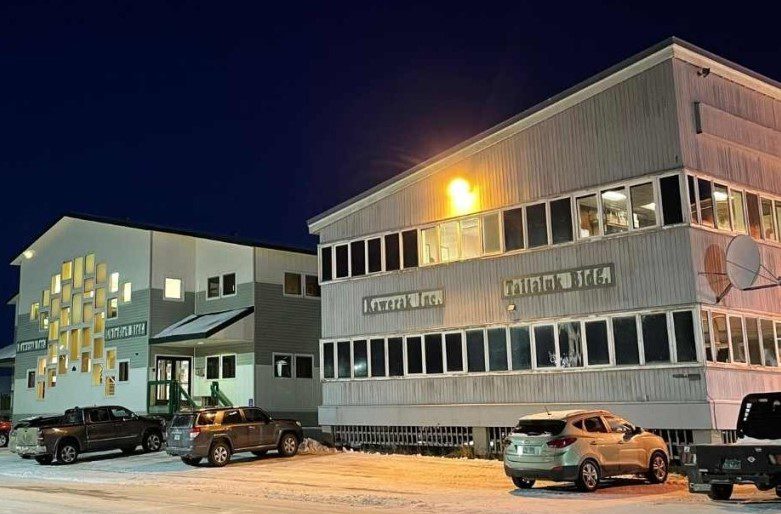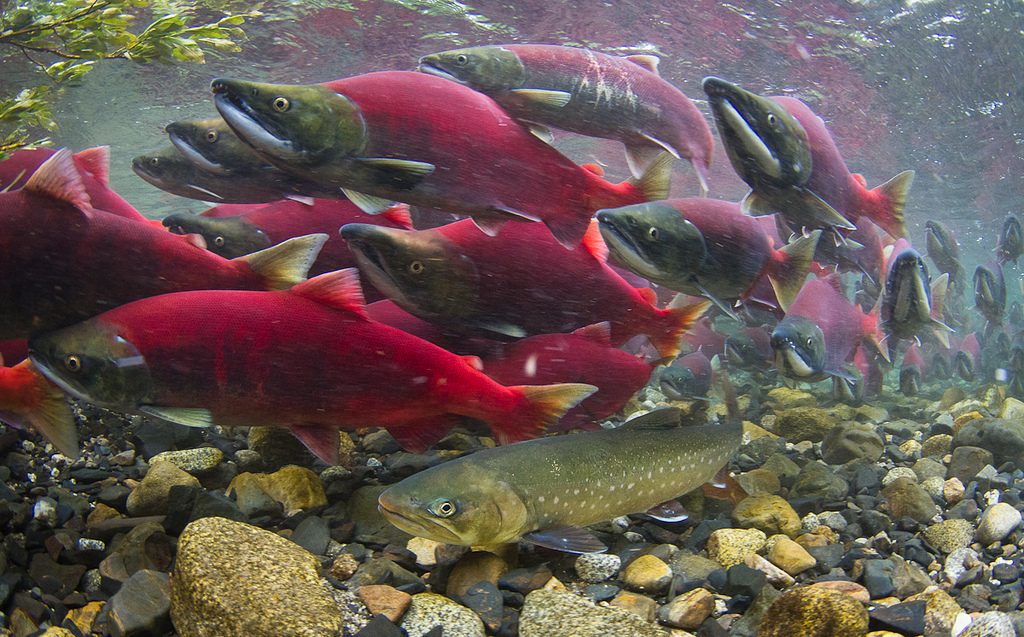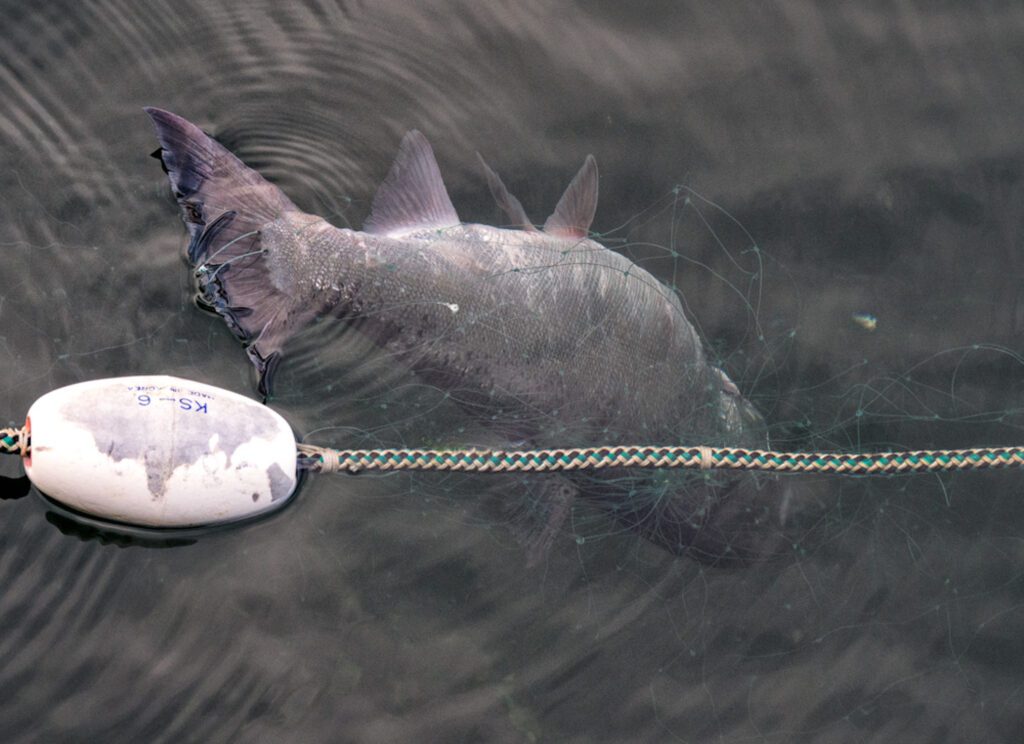The U.S. Coast Guard has operated in the arctic for over 100 years, but as the maritime agency plans for an increased presence in the region, it’s taking stock of what its environmental impact will be in the arctic in the years to come.
Mike Dombkowski is on the team drafting the Coast Guard’s new environmental assessment for Alaska’s District 17, which was released Tuesday. The document looks at what increased training and patrols in the Bering, Chukchi, and Beaufort Seas will mean for arctic ecosystems.
“What you might call day-to-day Coast Guard operations, doing patrols, search and rescue, aides to navigation, the other types of missions that we perform, here’s what we see ourselves doing and here’s what we think the environmental impact of those things are.”
The assessment looks at the Coast Guard’s plans for a broader arctic presence from mid-March through mid-November. Beyond summer training exercises in the Bering, Chukchi, and Beaufort Seas—exercises the service has already conducted for several years running—the increased arctic operations call for establishing safety zones around vessels exploring for oil, enforcing laws protecting endangered species and marine mammals, and “poaching prevention” of fish stocks and mineral deposits. The plan also calls for routine patrols of arctic waters with the nation’s two active icebreakers.
The assessment claims the impact will be minimal, and finds an increased Coast Guard presence will have “no significant adverse impacts” on water quality, arctic biology, cultural resources, and public safety.
It’s supported by a companion document, a biological evaluation endorsed by the National Marine Fisheries Service and the U.S. Fish and Wildlife Service, that affirms the Coast Guard’s increased arctic presence is “not likely to adversely affect” protected bird, fish, and marine mammal species.
Even if their arctic commitments increase, the bigger question for the Coast Guard may be one of resources.
Andrew Hartsig directs the arctic program at the Ocean Conservancy, a non-profit oceans advocacy group in Anchorage. He says an increased Coast Guard presence above the Arctic Circle is, on the whole, a good thing, but he questioned if the agency has what it needs to carry out its goals.
“The limiting factor is clearly funding, and until the Coast Guard gets more funding, specifically to engage in arctic work, they are going to be resource-limited in terms of the personnel and the assets they can bring to bear.”
Despite continued calls from residents and organizations in the arctic for plans and preparation for maritime disasters like an oil spill in arctic waters, Dombkowski said those are all questions for a different assessment to tackle.
“Oil spill response is such a huge, big enough thing that it really deserves its own document,” he said, “and that document and supporting stuff is being done right now.”
For now, the Coast Guard plans to tour its new environmental assessment statewide, with plans to visit Anchorage, Kotzebue, Nome, and Barrow next week for public meetings.
A delegation from the agency will be in Nome Monday, May 12 at the Northwest campus, delivering at the campus conference room from 3 p.m. to 7 p.m.







